Herbal Learning
Exploring The World Of Chaga: Uses, Harvesting, And Safety
There’s a parasitic fungus growing on your birch trees…and you should be really excited! I’m talking about Chaga, a black, woody lump that really can change your life.
In the world of herbal remedies, few species can claim the same level of medicinal diversity and utility as the Chaga mushroom, scientifically known as Inonotus obliquus. Nestled in the Hymenochaetaceae family, Chaga goes by many monikers, including clinker polypore, cinder conk, black mass, birch mushroom, and true tinder fungus (Not to be confused with all those PRETEND tinder fungi!). This enigmatic mushroom, with its myriad health benefits, is taking the wellness world by storm.
The healing properties of Chaga are nothing short of astonishing. This parasitic fungus grows on the trunks of various tree species like birch, beech, elm, alder, ash and hornbeam but is only medicinal if it’s growing on a birch tree (Betula spp.). And why is it that the other trees’ fungal friends aren’t medicinal? It’s because chaga is a parasite and is pulling chemistry from it host tree. If it’s on the wrong tree, it gets different chemicals and can’t make the same medicine. Simple as that.
Description, Cultivation & Harvesting
Chaga predominantly thrives in cold regions around the world, including Siberia, Northern Europe, the Eastern United States, and Canada, typically within USDA zones 4-7. As I said, chaga’s home is on the trunks of various tree species, but the one with medicinal properties is the birch tree. You can recognize chaga by its black, hard, and irregularly-shaped mass, ranging in size from a few centimeters to several tens of centimeters. The rough, bark-like outer texture conceals a fibrous, rusty yellow treasure within. The entire mass is medicinal.
Fall and winter are the ideal times to harvest Chaga while the birch tree is in dormancy. The harvest can continue until the tree emerges from dormancy in the spring and sap begins to flow.
However, an important note to remember is that Chaga is a parasite. So, when harvesting, make sure to select living trees that are currently supporting the fungus with the chemistry it needs to make the medicine. And, to ensure the tree’s health, always leave at least 25% of the Chaga in place. Removing the entire chaga is equivalent to creating a large, open wound on a tree that’s likely already a little stressed. If you leave 25% of the chaga, the tree will be happier.
Chaga’s Medicinal Potential
Chaga’s incredible health benefits are attributed to its impressive array of herbal actions. Here’s a closer look at some of the key ways Chaga can contribute to your well-being:
- Antioxidant Powerhouse: Chaga is a nutritional superfood with high levels of antioxidants. These antioxidants play a crucial role in protecting the body against oxidative stress and the damage caused by free radicals.
- Immune System Support: Chaga boasts immune-stimulating properties, enhancing the body’s ability to fend off infections and diseases. In an era where immune health is paramount, Chaga is a valuable ally.
- Antiviral Champion: Research suggests that Chaga has shown activity against certain viruses, including influenza and coronaviruses like Covid-19. It contains terpenoids that inhibit viral attachment and replication. It’s one of my first grabs if I think I’ve been exposed to a respiratory bug.
- Heart Health: Chaga has been found to have cholesterol-lowering effects, which may help improve heart health and reduce the risk of cardiovascular diseases. It’s a natural step towards a healthier heart.
- Anti-Inflammatory and Blood Sugar Regulation: Chaga also exhibits anti-inflammatory properties and has the potential to lower blood sugar levels, making it a versatile addition to your wellness regimen.
- Anti-Cancer Potential: The most intriguing aspect of Chaga is its potential anti-cancer properties. It contains compounds that may inhibit the growth of cancer cells and prevent their spread, offering hope in the fight against this devastating disease.
Contraindications and Precautions
Chaga shouldn’t be taken during pregnancy or breast feeding. It also shouldn’t be taken by folks prone to kidney stones or autoimmune disease. And like all herbs it should be discontinued for a week or so prior to surgery and shouldn’t be combined with pharmaceuticals without discussing it with a physician.
Conclusion
So there you have it, Chaga is a remarkable gift hidden in an ugly package, yet another example of how something gnarly and hard in life can often be a blessing. Its an exceptional medicine, a powerful nutritive, and a fascinating subject of study.
If you’d like to learn more about how you can use chaga and over a hundred other amazing herbs, join us in the HomeGrown Herbalist School of Botanical Medicine. We’d love to have you join our worldwide community of passionate herb nuts.
Have a great day!
Doc Jones


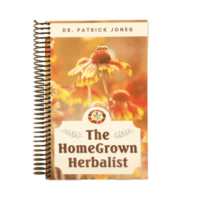 The HomeGrown Herbalist Book - Physical
The HomeGrown Herbalist Book - Physical 

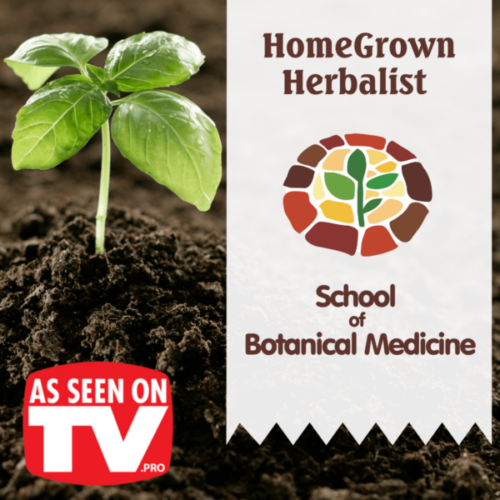
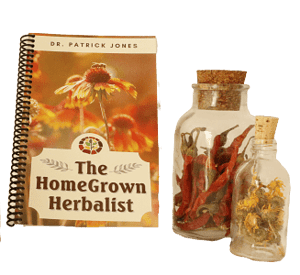

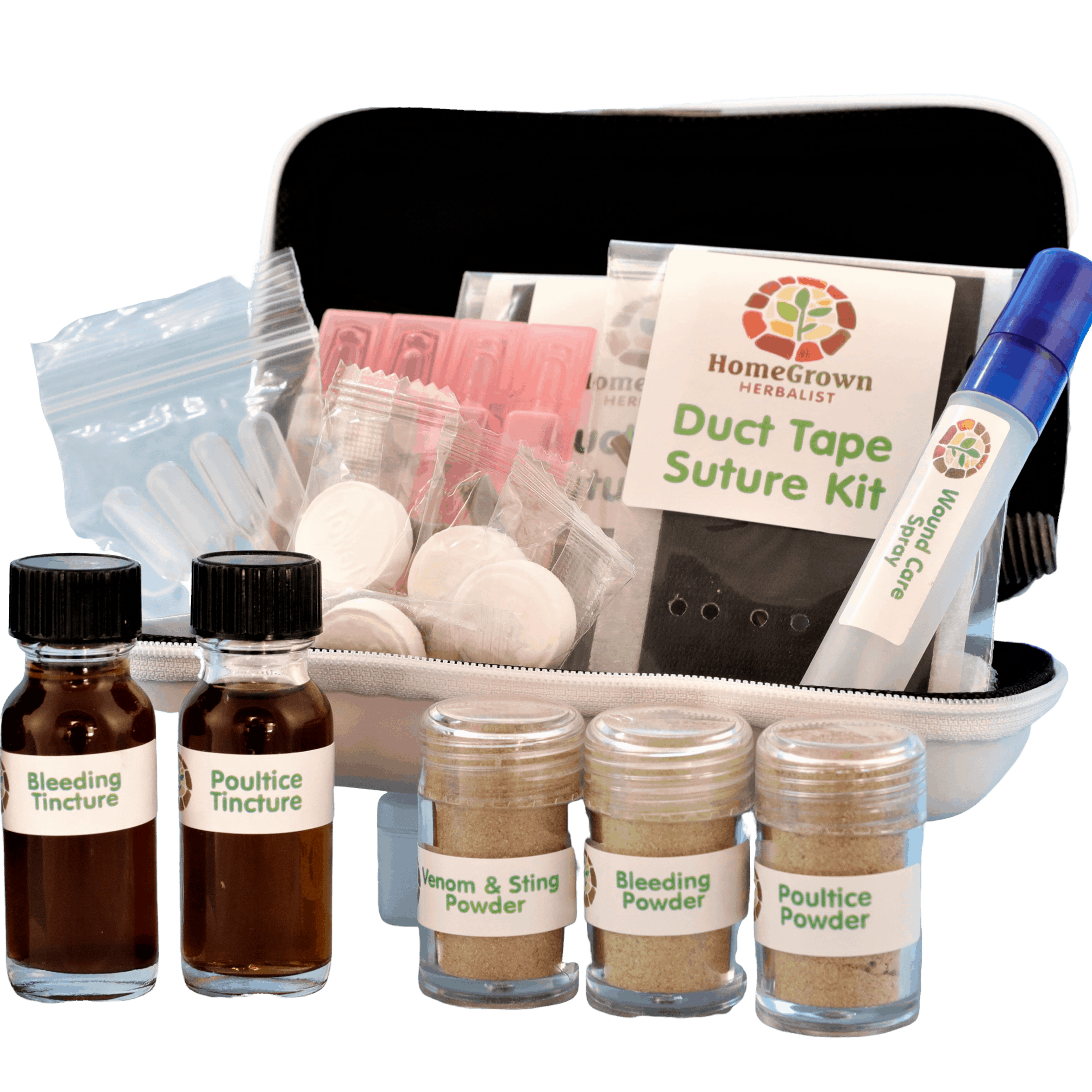
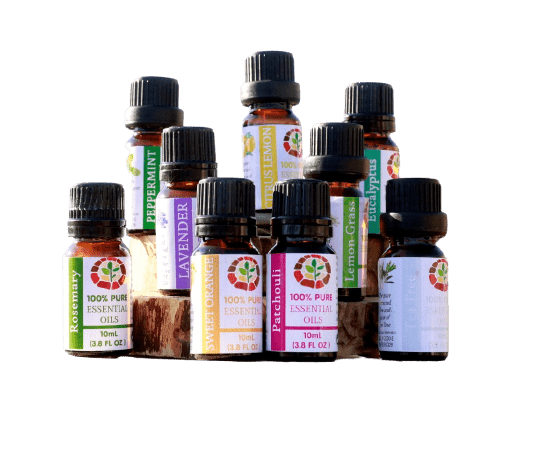

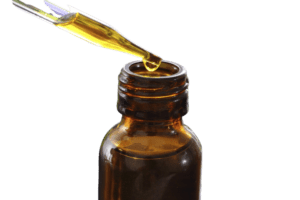
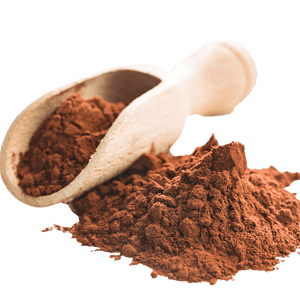
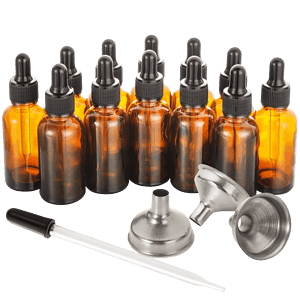
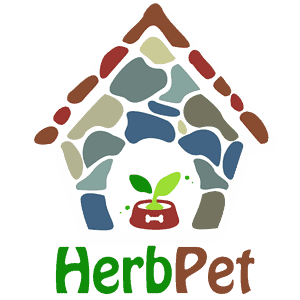

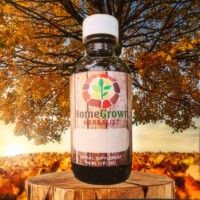
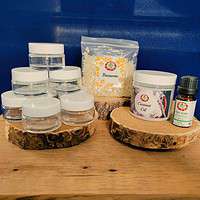
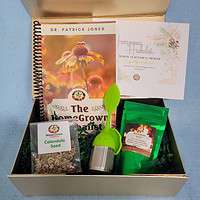
I have used teasel for my neuropathy. It seems to help. But have noticed some heartburn. Also used resp cytokine balance. I had been sick for over a month with severe Asthma. It helped get rid of the worst of it.
Make sure to take herbs when you have a little food in your stomach. Also, I really like the Digestive Support powder for supporting a happy belly.
picture?
There are lots of pictures in the video. :0)
Perfect timing. I am having surgery Dec 1. I didn’t know the dangers of mixing herbs with pharmaceuticals. Thanks so much❤️.
Yup. Get off herbs for a week or so before surgery and let the doctors do their thing. I hope all goes well for you. :0)
Thanks again for all the great info as always! 😉
Glad you enjoyed it.
This is sometimes referred to as a mushroom. If you are allergic to mushrooms, would this fall into the same category and NOT be wise to use?
It’s not technically a mushroom but is in the Fungi kingdom. Mushrooms/fungi are an enormous group. I guess it would depend what mushroom one is allergic to. It would sort of be like not eating plants because one is allergic to strawberries or not eating animals because one is allergic to shellfish. Like I said…really big group. I really have no idea whether chaga would bother someone with an allergy to another mushroom species.
I am on blood pressure meds: carvedilol, lorsartan and hctz. Would Chaga interfere adversely with them.
I thoroughly enjoy listening to your sessions.
There just isn’t enough research to say. I’m never willing to combine herbs and meds without good solid information on their interactions.
We did just put a really in-depth lesson on blood pressure up on the school. There are lots of non-herbal things one can do for that that are beneficial and don’t have any interactions with meds folks might be taking.
Is it okay to use chaga powder in a smoothie or would I have to make a hot tea or tincture to receive health benefits ?
Powder in a smoothie would be fine.
I have noticed that there is chamomile in some of the tinctures. I can not take chamomile orally due to it makes me dizzy and the last time I had tea with chamomile in it I had a headache for 24 hours. If I do a tincture topically do you think it will have the same effect that it does orally?
Thank you for sharing your knowledge and for your time.
I hope to sign up for the classessoon
Topical use seems much less likely to cause those sorts of issues. But I really can’t say.
I have 3 dogs they itch all the time can herbs help them
Hi David,
I sent you an email. :0)
I also have a shih-tzu with itching going on, she also keeps licking her paws continually. They are getting really red. Please forward the e-mail you sent to David this way, please. I am taking the course you are offering and was going to ask the question on the blog when I saw this.
I have been harvesting chaga for quite a few years. I have plenty stored so i have some places where I’m leaving the chaga to grow until I need to restock.
I don’t take/use chaga regularly, but what I usually do in the winter is I put a pot of water on the wood stove with as many of the following as I have: chicory, chaga, ginger, cinnamon sticks, cloves, allspice, pau d arco, astragalus, ashwagandha, birch polypore, sassafras. This year I added reishi. It sits up on soapstones on the stove (so it’s warm, but not continually boiling) where it is always ready for a cup of tea. When the water gets pretty colorless, I dump it in the compost and start over again.
I should drink a cup each day, and I should start taking chaga itself regularly. Someone (a mushroom teacher) told me the best way is the way I’m doing it and that I shouldn’t grind it up, but as you always say, just get it in and your body will know what to do with it. I think the woman that told me that may have believed it for some superstitious-type reasons, although I don’t know for sure the reason. It’s just what she said.